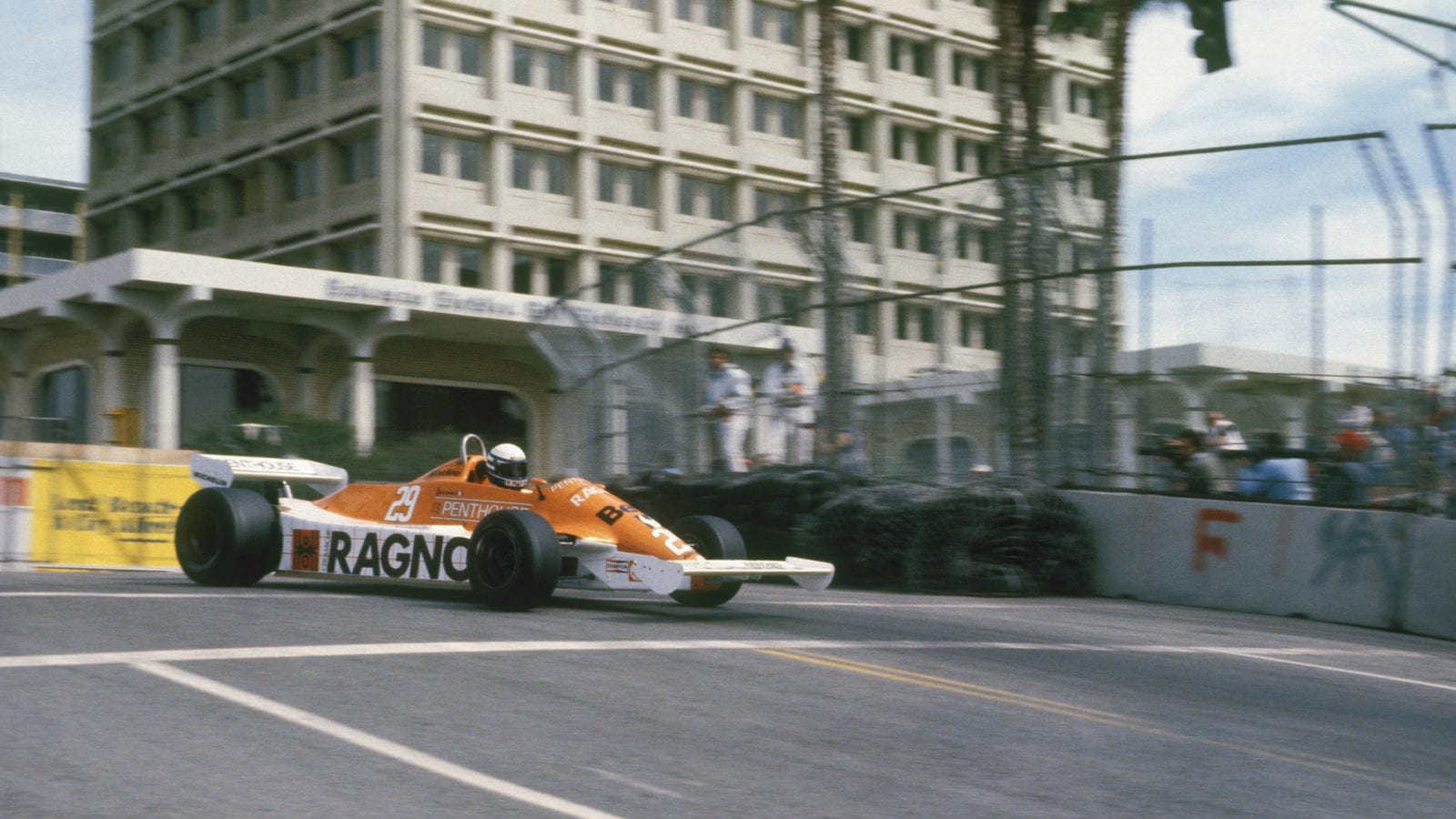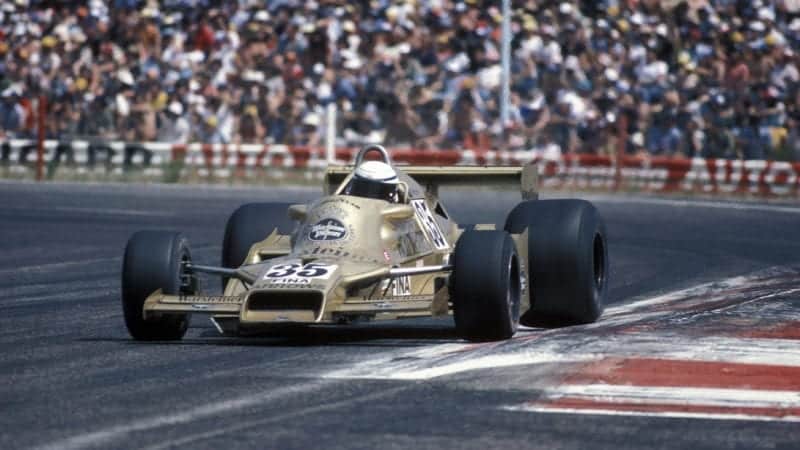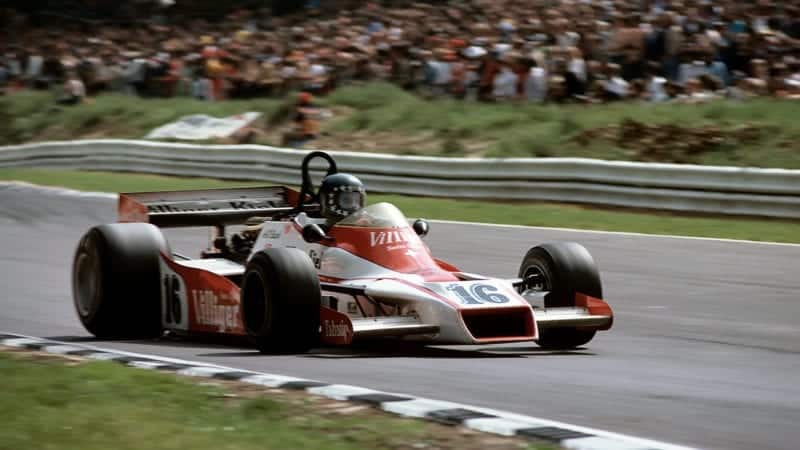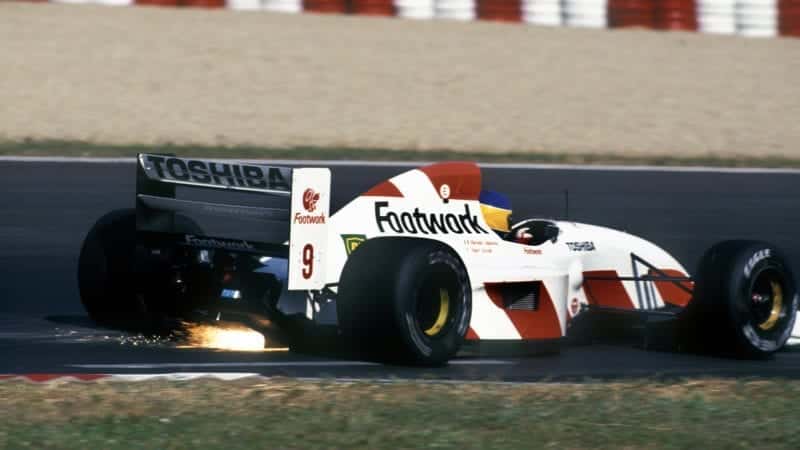At the end of that year, Walkinshaw played what looked to be an ace card. He entered the F1 driver market with £6 million bid for recently crowned world champion Damon Hill, who had been made redundant by the blue-riband Williams team. Using Bridgestone tyres and Yamaha engines, Hill propelled Arrows into the F1 limelight by leading the 1997 Hungarian GP for much of its distance and eventually finishing second behind Jacques Villeneuve’s Williams-Renault This was, however, a performance which only briefly raised the team’s profile.
For 1998, Walkinshaw bought control of Brian Hart Ltd and began to produce his own Arrows F1 engine, which was based on Brian’s second-generation Type 1030/98 V10.
There was yet another reorganisation at the end of the season, with Nigerian Prince Malik ado Ibrahim leading a consortium which acquired 60 per cent of the team, Walkinshaw retaining the rest. Malik disappeared from the scene after only a few months, leaving Tom in firm control again. Yet the team was gradually slipping into debt, despite more high-profile backing from the investment bank Morgan Grenfell Private Equity.
By the summer of 2002, the team was battling a legal action in the High Court as Morgan Grenfell sought to recoup its money. They also fell behind with their lease payments for Cosworth V10 engines, despite a personal verbal guarantee given by Walkinshaw to then-Jaguar team principal Niki Lauda, who was responsible for negotiating and managing such arrangements.
In the High Court yet again, Mr Justice Lightman described the Arrows team’s proposals for restructuring and refinancing as “underhand and improper, indeed downright dishonest”, and indicated that the court would not be intimidated into a decision by Walkinshaw’s threats not to pay for the engines.
He added: “It cannot, and should not, allow itself to be dragged into making the orders sought unless it is satisfied that the application was made in good faith and supported by credible evidence. We are not satisfied any of these have been met” It was a far more damning indictment than anything delivered by Mr Justice Templeman way back in 1978. The death knell had sounded.







